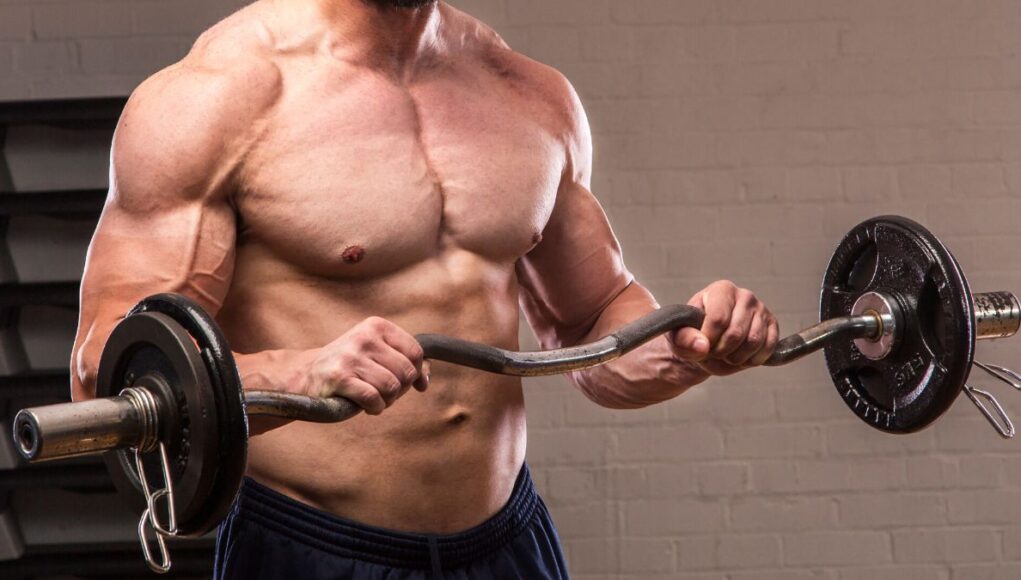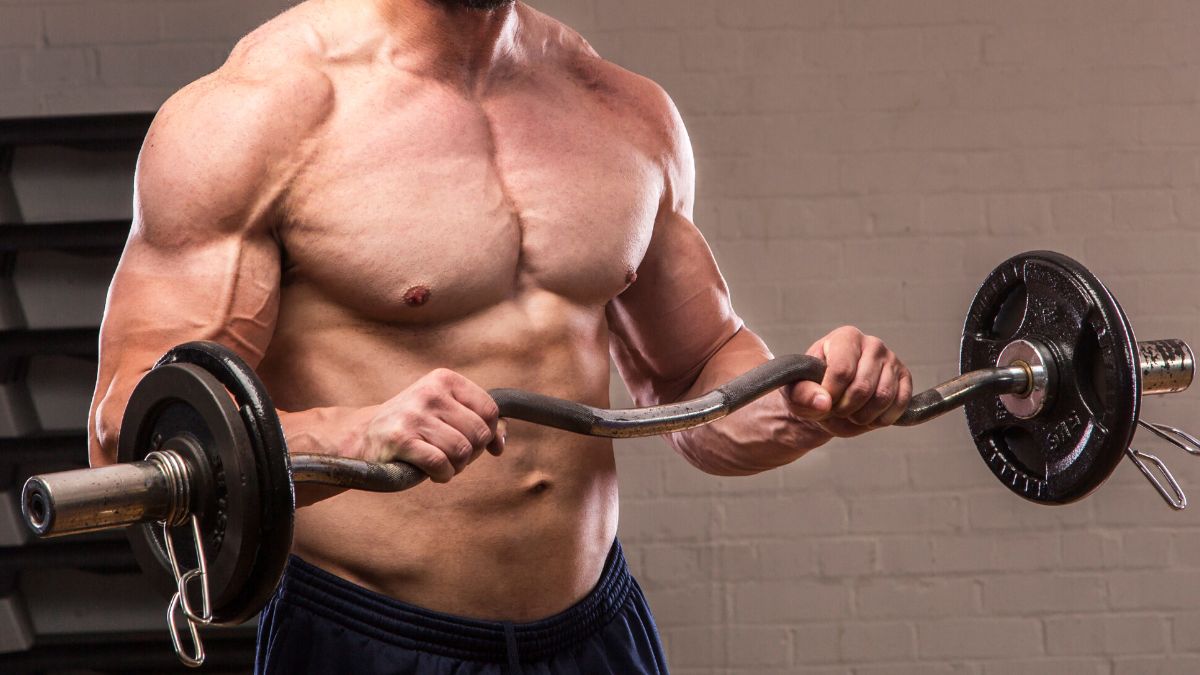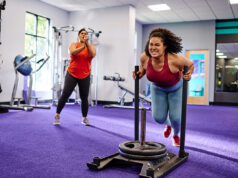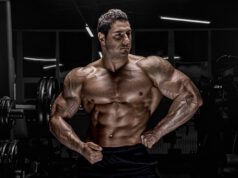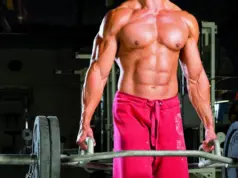Reverse Curls: The Key to Bigger, Stronger Arms
Reverse curls are one of the most effective yet often overlooked exercises for building both the forearms and the upper arms.
Unlike traditional bicep curls, reverse curls emphasize the brachioradialis, a muscle that plays a crucial role in forearm thickness and strength. This exercise is popular among bodybuilders, athletes, and anyone looking to improve their grip and overall arm development.
In this guide, we’ll explore what reverse curls are, the muscles they target, whether they contribute to forearm size, the risks of curling too heavy, and how they compare to hammer curls.
What Are Reverse Curls?
Reverse curls are a variation of the standard bicep curl, where the hands are positioned with an overhand (pronated) grip instead of an underhand (supinated) grip.
This simple change shifts the focus from the biceps brachii to the brachioradialis and other forearm muscles. Reverse curls can be performed using a barbell, dumbbells, or an EZ curl bar, depending on preference and comfort.
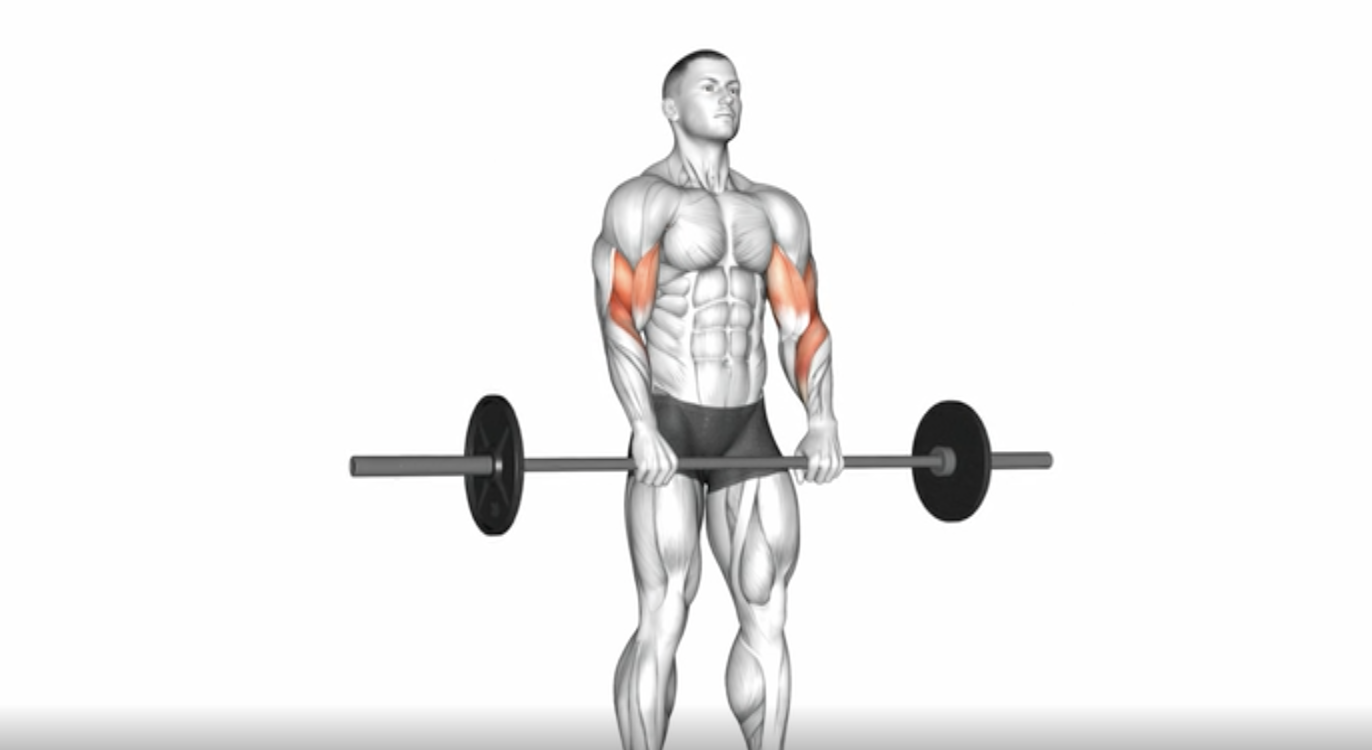
How to Perform Reverse Curls Correctly
- Grip and Stance: Hold a barbell, dumbbells, or an EZ curl bar with an overhand grip (palms facing down). Your hands should be shoulder-width apart.
- Elbow Position: Keep your elbows close to your torso and avoid excessive movement.
- Curl the Weight: Lift the weight by bending your elbows until your forearms are parallel to the ground or slightly higher.
- Controlled Lowering: Slowly lower the weight back to the starting position, maintaining control to maximize muscle engagement.
- Repetitions and Sets: Aim for 3–4 sets of 10–15 reps, adjusting the weight to maintain proper form.
What Muscles Do Reverse Curls Work?
Reverse curls primarily target the brachioradialis, but they also work other arm and forearm muscles, including:
- Brachioradialis – The main muscle activated in reverse curls, responsible for forearm thickness and grip strength.
- Biceps Brachii (Long and Short Heads) – While the reverse grip reduces biceps activation compared to traditional curls, the biceps still assist in the movement.
- Brachialis – A deep muscle underneath the biceps that helps add width to the upper arm.
- Wrist Extensors – The muscles on the back of the forearm that stabilize the wrist and assist with grip strength.
By targeting both the forearms and upper arms, reverse curls contribute to well-rounded arm development.
Do Reverse Curls Make Your Forearms Bigger?
Yes, reverse curls are an excellent exercise for building bigger forearms. The brachioradialis is one of the most visible muscles in the forearm, and strengthening it leads to increased forearm thickness and definition.
Additionally, since reverse curls engage the wrist extensors, they help balance forearm development, preventing imbalances that can occur from excessive wrist flexion exercises like wrist curls.
For optimal forearm growth, reverse curls should be combined with other grip-intensive exercises like hammer curls, wrist curls, and farmer’s carries. Progressive overload—gradually increasing the weight over time—ensures continued muscle hypertrophy.
What Happens If You Curl Too Heavy?
Lifting excessively heavy weights on reverse curls can lead to several issues, including:
- Poor Form – Using too much weight often results in swinging the arms or using momentum, reducing muscle activation and increasing the risk of injury.
- Wrist Strain – The overhand grip places stress on the wrists, and excessive weight can cause discomfort or even injury.
- Reduced Range of Motion – Heavier weights can limit movement, making the exercise less effective.
- Elbow and Forearm Pain – Overloading the brachioradialis and wrist extensors can lead to inflammation and pain in the forearm and elbow region.
To avoid these problems, choose a weight that allows for controlled, full-range motion. Proper technique should always take precedence over lifting heavier loads.
Reverse Curls vs. Hammer Curls
Both reverse curls and hammer curls are excellent for building arm strength and size, but they emphasize different muscles and movement patterns.
Reverse Curls
- Grip: Overhand (pronated)
- Primary Muscles Worked: Brachioradialis, wrist extensors, brachialis, biceps brachii (secondary)
- Benefits: Improves forearm thickness, grip strength, and wrist stability
- Best For: Targeting the upper forearm and enhancing forearm aesthetics
Hammer Curls
- Grip: Neutral (palms facing each other)
- Primary Muscles Worked: Brachialis, biceps brachii (both heads), brachioradialis
- Benefits: Adds thickness to the upper arm, increases bicep peak, reduces wrist strain
- Best For: Building overall arm mass and complementing traditional bicep curls
Which One Should You Do?
If your goal is to increase forearm size and grip strength, reverse curls are the better choice. However, if you want to build bigger, thicker arms with an emphasis on the brachialis, hammer curls should be prioritized.
The best approach is to include both exercises in your training program for balanced arm development.
How to Incorporate Reverse Curls into Your Workout
For best results, reverse curls should be part of a comprehensive arm routine. Here’s how you can structure your workout:
Forearm & Biceps Routine:
- Reverse Curls – 3–4 sets of 10–15 reps
- Hammer Curls – 3–4 sets of 8–12 reps
- Wrist Curls (Palms Up & Palms Down) – 3 sets of 12–15 reps
- Farmer’s Carries – 3 sets of 30–45 seconds
- Chin-Ups (Underhand Grip for Extra Biceps Activation) – 3 sets of 8–12 reps
By combining these exercises, you’ll develop stronger, thicker forearms while also improving your grip endurance.
Common Mistakes to Avoid
- Using Too Much Weight – Focus on controlled movements rather than maxing out on weight.
- Not Controlling the Negative (Eccentric) Phase – Lower the weight slowly to maximize muscle engagement.
- Neglecting the Wrist Position – Keep the wrists stable to avoid unnecessary strain.
- Skipping Forearm Exercises – For full forearm development, train both the flexors and extensors regularly.
Conclusion
Reverse curls are a powerful yet underrated exercise for building forearm size, grip strength, and balanced arm development.
By targeting the brachioradialis and wrist extensors, they contribute to thicker, stronger forearms and improve overall upper-body performance.
While they are highly effective, proper form and appropriate weight selection are essential to prevent injury.
Including reverse curls alongside hammer curls and other arm exercises ensures well-rounded arm growth.
Whether you’re a bodybuilder, an athlete, or just someone looking to enhance arm aesthetics and strength, reverse curls are a must-have in your workout routine.
Train smart, stay consistent, and watch your forearms grow!

